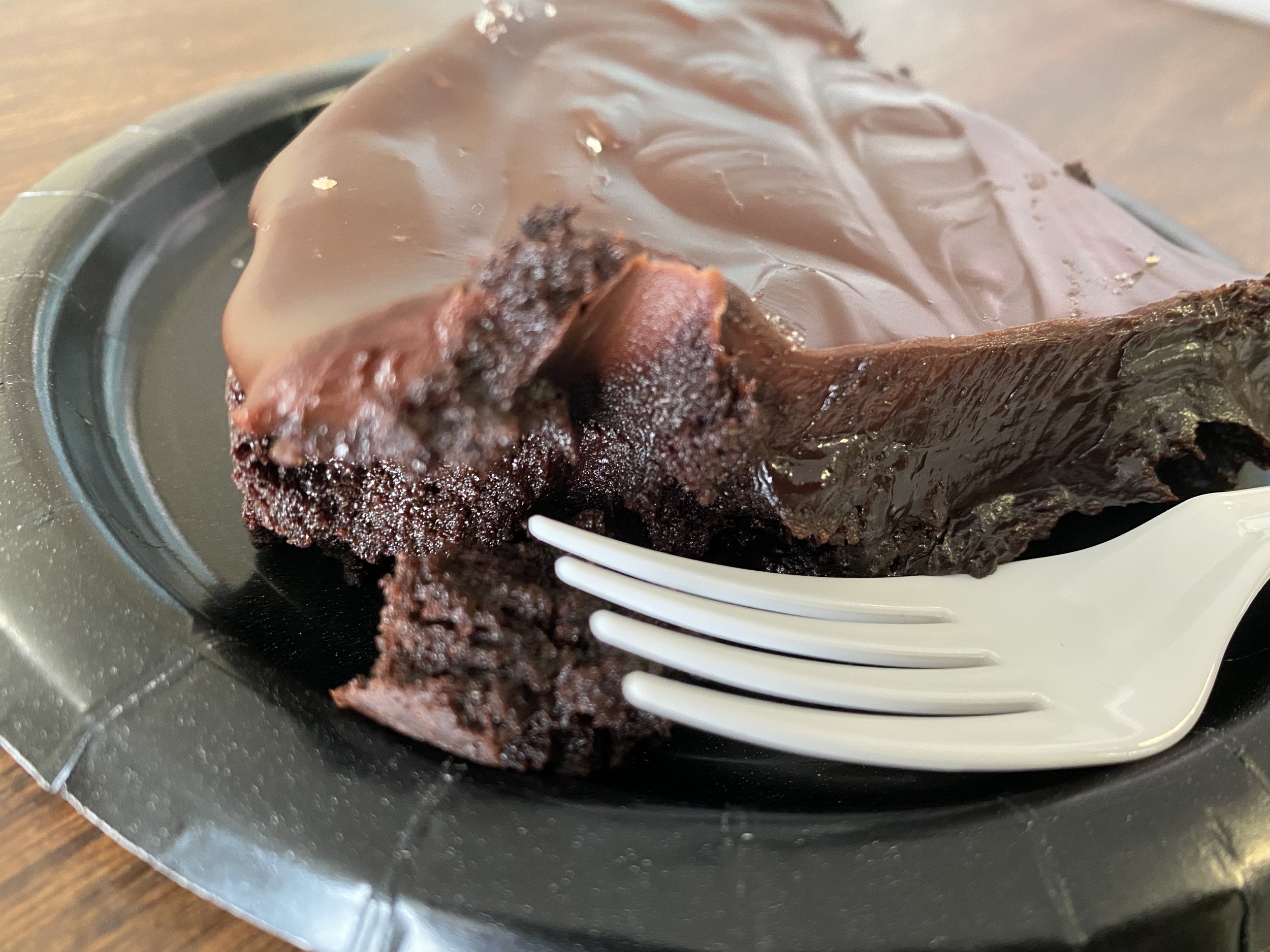Purslane Power
/Volunteer purslane growing in one of my deck pots in my potted vegetable garden.
Purslane Power
Poor purslane, relegated to a "weed" and other names in a derogatory expression. No one could have missed the mark more!
Purslane contains more omega-3 fatty acids (alpha-linolenic acid i than any other leafy vegetable plant. Although considered a weed in the US, it is much more appreciated in other parts of the world. The stems, leaves and flower buds are all edible.
Purslane may be used fresh as a salad, stir-fried, or cooked as spinach is, and because of its mucilaginous quality it also is suitable for soups and stews. The sour taste is due to oxalic and malic acid, the latter of which is produced through the crassulacean acid metabolism (CAM) pathway that is seen in many plants living in dry conditions. Best time to harvest is early morning.
Greeks use the leaves and the stems with feta cheese, tomato, onion, garlic, oregano and olive oil. They add it in salads, boil it, or add it to casseroled chicken.
In Turkey, besides being used in salads and in baked pastries, it is cooked as a vegetable similar to spinach.
Good Companion Plant
As a companion plant, purslane provides ground cover to create a humid microclimate for nearby plants, stabilizing ground moisture. Its deep roots bring up moisture and nutrients that those plants can use, and some, including corn, will follow purslane roots down through harder soil that they cannot penetrate on their own.
When in bloom, I sometimes find butterflies visiting their tiny flowers.
It is considered a weed but a beneficial one where its not specifically grown for a crop. In my potted garden, purslane volunteers on its own so I just watch for the telltale signs of their fleshy leaves.
Pass the purslane, please!
Charlotte












